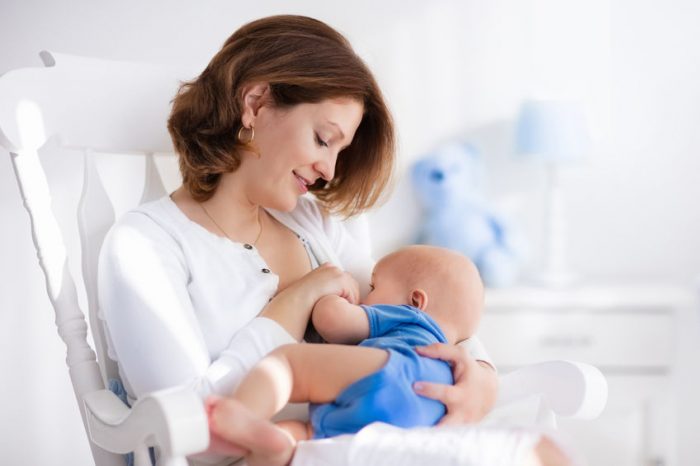I loved breastfeeding.
Or, rather, I loved the idea of breastfeeding. Feeling so close to my daughter was wonderful, but at the same time it was very painful and confusing. Within 48 hours of my daughter’s birth, my nipples were cracked and bleeding. I was getting contradictory advice from healthcare professionals, and I often felt confused about what to do to make it work.
I’d read somewhere that virtually all mums succeed with breastfeeding if they just power through and keep trying. So I did. Unfortunately, I developed mastitis and waited far too long before I sought medical help.
Keep breastfeeding if you can
Ironically, I knew about mastitis – that it’s an infection of the breast tissue that sometimes needs to be treated with antibiotics – but I didn’t believe that I had it. I was worried about the redness of my breasts but, because I didn’t have a fever and I didn’t feel ill, I was told by two healthcare professionals that it wasn’t mastitis. So I carried on breastfeeding without antibiotics until, one night, a fever set in and I fell very ill.
I was nursing with a bucket next to me to throw up in, and the next morning I decided to stop breastfeeding. It turned out to be a mistake. Breastfeeding usually helps clear up infection. Within hours, swellings appeared on both my breasts.
Visit your doctor
I went to my doctor who was horrified that I hadn’t come sooner. She sent me to the hospital. They’d never seen such swelling and didn’t know what it was. I was sent to a specialist unit in another city that immediately diagnosed breast abscesses. An abscess is a collection of pus that builds up in body tissue. Normally you only develop it in one breast, but I was the exception.
I was diagnosed with two large breast abscesses that were surgically drained. I also had a number of small abscesses that were drained with a needle. Afterwards I had a large, soft lump where all the small abscesses had been. I was told it was scar tissue that would disappear on its own. It did. But for a couple of months the pain of it almost drove me crazy. So did all my reflections about what I could have done differently.
Here are the things I’d do differently if I had a second chance. I hope it helps mothers who are going through similar breastfeeding challenges.
- Seek out help if you struggle with latch-on. Preferably someone who can come to your house. An experienced mum might be just as good as a healthcare professional.
- Get a nursing pillow to ensure that you sit comfortably. Read about how to choose the best nursing pillow for singletons and the right twin nursing pillow.
- Breastfeed frequently and use different positions.
- Call your doctor immediately if you see redness on your breasts or broken skin on your nipples with signs of infection (yellow pus). You may very well need an antibiotic nipple cream as well as antibiotics.
- Continue nursing if at all possible. Nursing usually helps to clear up infection and won’t harm your baby.
- Even if you don’t feel sick, get some bed rest. Your body needs rest to fight off the infection.
Kate Phillipa Clark is a journalist writing about twins and their parents on about-twins.com. She’s written a great deal about twin pregnancies and twin births. Kate graduated with a bachelor’s degree in journalism and an Executive Master in Corporate Communication. For some years, she worked in the private sector, before launching About Twins in 2016. She is an identical twin and so is her father.




